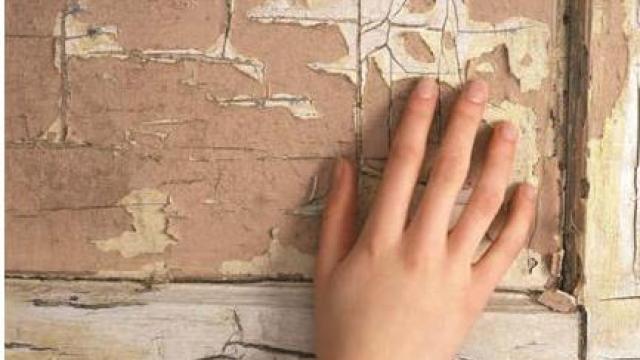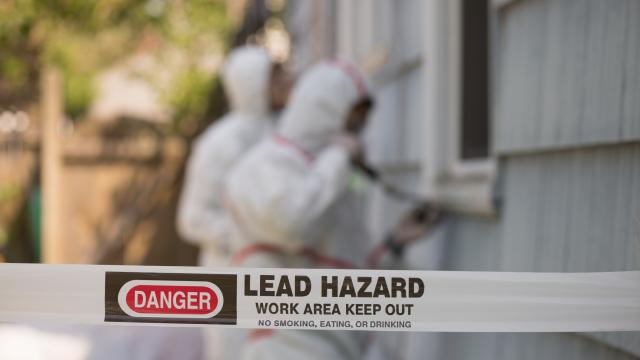Lead-Safe Wisconsin: Resources for Contractors and Renovators
If you're paid to work on homes or child-occupied buildings built before 1978, you must follow Wisconsin's Lead-Safe Renovation Rule. Renovation, repair, or painting work on old buildings can produce dangerous lead dust. This rule protects workers, residents, and children.
Ready to work lead-safe?
Contractors who work with lead should be trained in methods that protect themselves and those around them.
How to get certified: a step-by-step guide
Not sure where to start? This guide is here for both companies and individuals who need to get certified.
About the Lead-Safe Renovation Rule
Wisconsin's Lead-Safe Renovation Rule applies to work done in homes and child-occupied facilities built before 1978. Learn who it affects, what's required, and how to stay compliant.
Working lead-safe: What contractors need to know
If you work on older homes, lead safety isn't optional, it's the law. Learn about your responsibilities and find answers to frequently-asked questions (FAQs).
About Wisconsin's Certification and Compliance Units
Learn how these units support safe remediation practices, enforce the rules, and help contractors meet state requirements.
Become a certified trainer
Want to teach others how to work lead-safe? Learn what it takes to become a Department of Health Services-accredited lead training provider in Wisconsin.
Apply for certification
Ready to get certified? Find application forms, instructions, and renewal information for individuals and companies.
Renovation and abatement fact sheets
- Learn the difference between lead-safe renovation and lead abatement, P-03180
- Certification Requirements for Lead Disciplines, P-00848
- The Lead-Safe Certified Guide to Renovate Right
- Lead Paint Safety: A Field Guide for Interim Controls in Painting and Home Maintenance (PDF)
- Guidelines for the Evaluation and Control of Lead-Based Paint Hazards in Housing (PDF)






